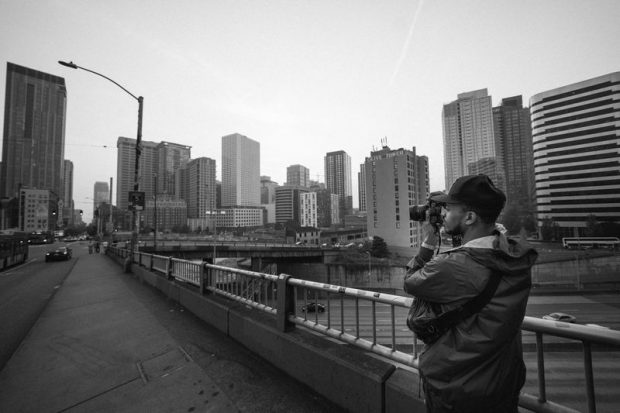Getting The Framing Streets To Work
Getting The Framing Streets To Work
Blog Article
Framing Streets - An Overview
Table of ContentsThe Only Guide for Framing StreetsFraming Streets Fundamentals ExplainedWhat Does Framing Streets Mean?More About Framing StreetsGetting The Framing Streets To WorkFraming Streets - Truths
, normally with the aim of recording photos at a definitive or emotional minute by mindful framing and timing. https://www.find-us-here.com/businesses/Framing-Streets-Miami-Florida-USA/33970134/.
Consequently his boots and legs were well specified, yet he is without body or head, since these remained in motion." Charles Ngre, waterseller Charles Ngre. https://framingstreets1.carrd.co/ was the initial photographer to acquire the technological elegance required to register individuals in movement on the road in Paris in 1851. Professional Photographer John Thomson, a Scotsman functioning with reporter and social protestor Adolphe Smith, released Street Life in London in twelve monthly installations beginning in February 1877
The Main Principles Of Framing Streets
Eugene Atget is considered as a progenitor, not due to the fact that he was the very first of his kind, but as an outcome of the popularisation in the late 1920s of his document of Parisian streets by Berenice Abbott, that was inspired to take on a similar paperwork of New york city City. [] As the city established, Atget aided to promote Parisian streets as a deserving subject for digital photography.

Facts About Framing Streets Revealed
The principal Mass-Observationists were anthropologist Tom Harrisson in Bolton and poet Charles Madge in London, and their first report was created as guide find more "May the Twelfth: Mass-Observation Day-Surveys 1937 by over two hundred onlookers" [] Window cleaner at Kottbusser Tor, Berlin, by Elsa Thiemann c. 1946 The post-war French Humanist School photographers discovered their subjects on the street or in the restaurant. Andre Kertesz.'s widely admired Images la Sauvette (1952) (the English-language edition was entitled The Crucial Minute) promoted the idea of taking a photo at what he labelled the "crucial moment"; "when kind and web content, vision and structure merged right into a transcendent whole" - Street photography hashtags.
Fascination About Framing Streets
The recording equipment was 'a covert video camera', a 35 mm Contax concealed beneath his layer, that was 'strapped to the breast and connected to a long cord strung down the ideal sleeve'. Nevertheless, his work had little modern effect as because of Evans' sensitivities concerning the originality of his job and the personal privacy of his topics, it was not published till 1966, in the book Lots of Are Called, with an intro written by James Agee in 1940.
Helen Levitt, then an educator of young youngsters, connected with Evans in 193839. She documented the transitory chalk illustrations - 50mm street photography that became part of kids's road society in New York at the time, along with the children that made them. In July 1939, Mo, MA's brand-new photography section consisted of Levitt's job in its inaugural exhibitRobert Frank's 1958 publication,, was significant; raw and typically out of emphasis, Frank's images examined conventional digital photography of the moment, "challenged all the formal policies laid down by Henri Cartier-Bresson and Walker Evans" and "contradicted the wholesome pictorialism and genuine photojournalism of American publications like LIFE and Time".
Report this page